
OR
2.5 percent children still out of school
Published On: April 16, 2018 08:50 AM NPT By: Republica | @RepublicaNepal
DARCHULA, April 16: Around 2.5 percent school going aged children are still outside schools, according to District Education Office, Darchula.
School going aged children are still out of school, reveals the statistics of Darchula Education Office
As student enrolment across the country is 97.2 percent the district however is found better in the indicator.
Meanwhile, the campaign for student enrolment has begun from Sunday. The campaign has started in two phases with the slogan 'Our collective aspiration; compulsory free basic education', shared acting District Education Officer of Darchula, Jayaraj Pant.
According to last year statistics, as many as 278 students were outside school education. Score of students outside school education this year is yet to be assessed, he added.
Poor financial status of family is found one of the prime causes behind this.
As per the last year data of District Education Office, five students could not attend school due to distance, seven due to physical disability, 10 because of household works, seven due to unwillingness, one because of being worker in a house, two due to child marriage and one because of migration.
RSS
You May Like This

Four percent school-age children off school in Jumla
JUMLA, Feb 21: Four percent children of school going age are outside school in Jumla, said a report prepared by... Read More...

'Over 600,000 school age children still out of school'
KATHMANDU, Nov 4: Some 600,000 children of school-going age are still out of school, it has been claimed. However, the... Read More...

Bullying among school children
Bullying is a repetitive, aggressive act of abusing others because of power imbalance. It is a behavioural problem and can... Read More...
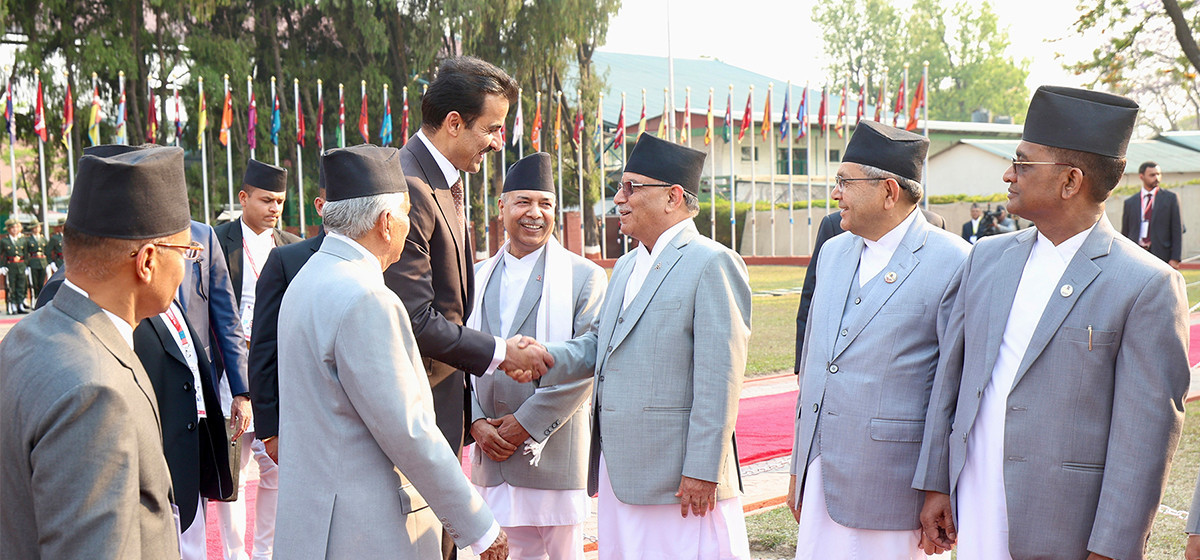
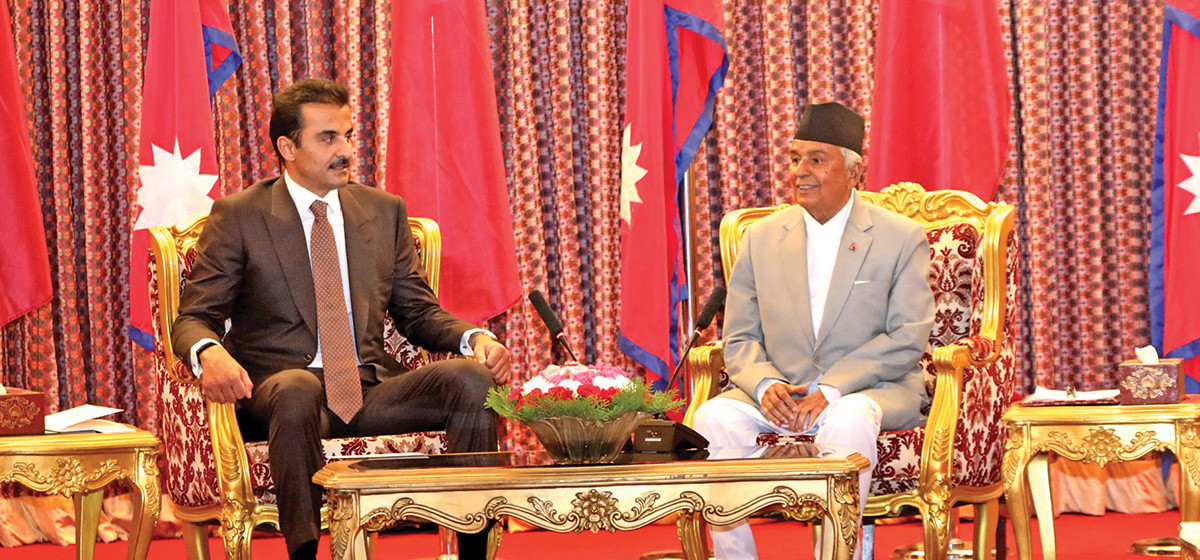

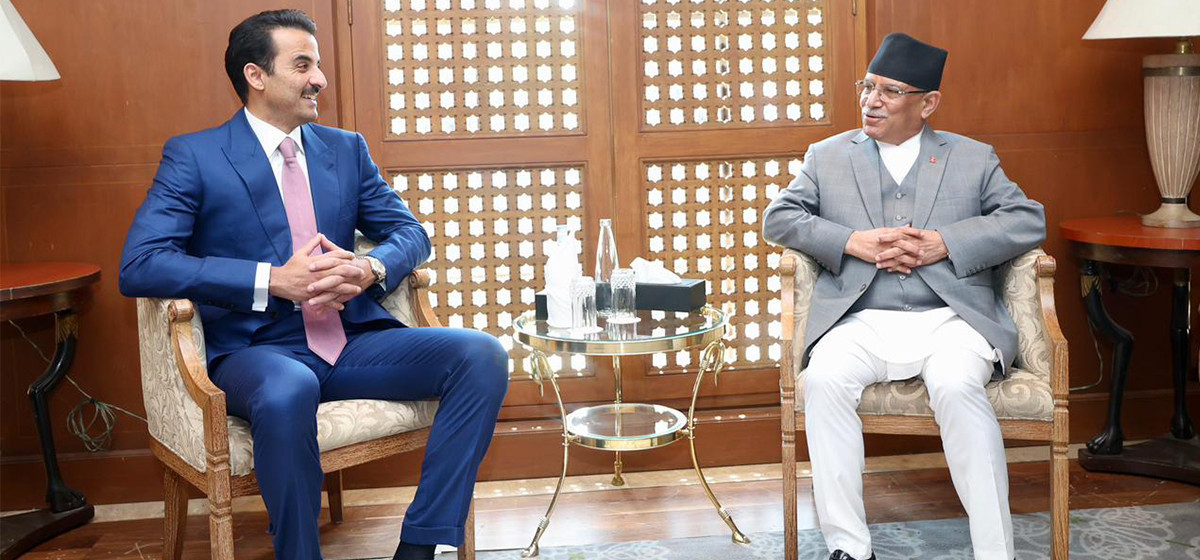
Just In
- Insurers stop settling insurance claims after they fail to get subsidies from government
- Nepal-Qatar Relations: Prioritize promoting interests of Nepali migrant workers
- Health ministry to conduct ‘search and vaccinate’ campaign on May 13
- Indian customs releases trucks carrying Nepali tea, halted across Kakarbhitta
- Silent period for by-election to begin from midnight
- SC issues short-term interim order to govt and TU not to take immediate action against TU legal advisor Khanal
- National consultation workshop advocates to scale up nutrition smart community in Nepal
- Patan High Court issues short-term interim order to halt selection process of NTB’s CEO



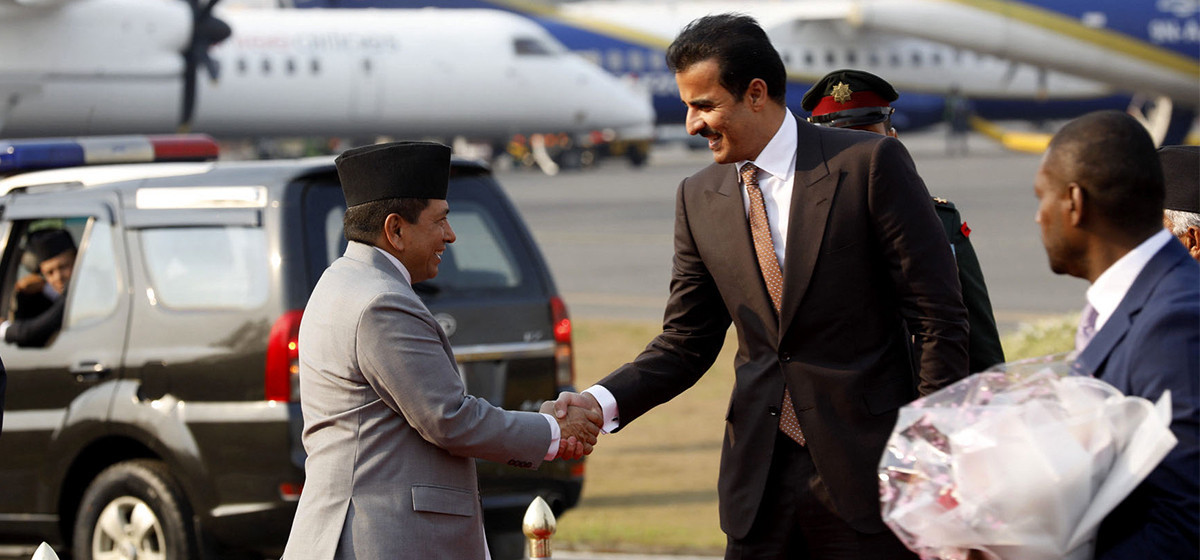
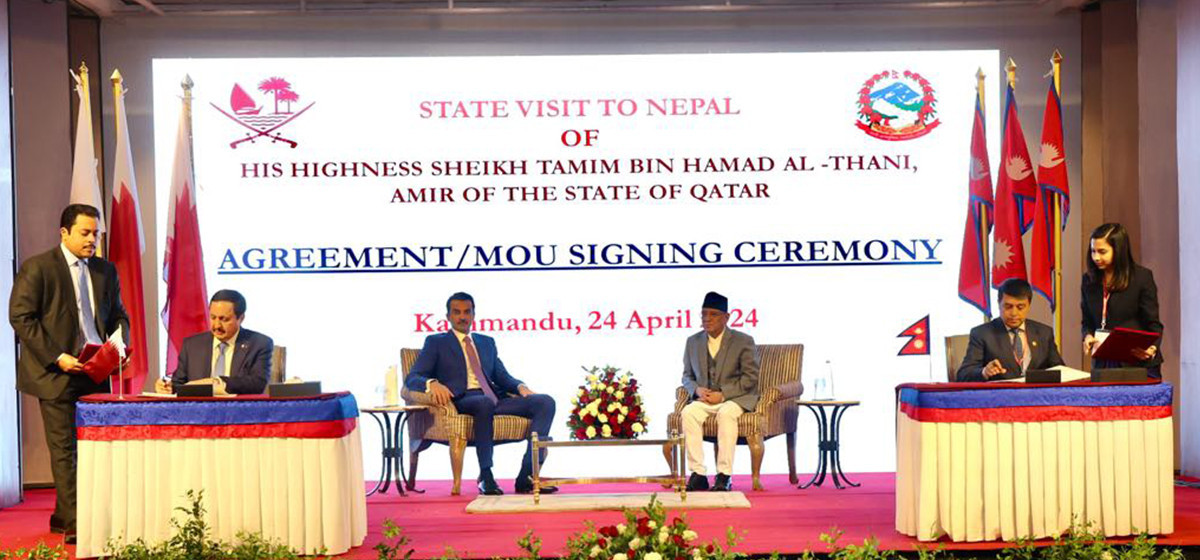
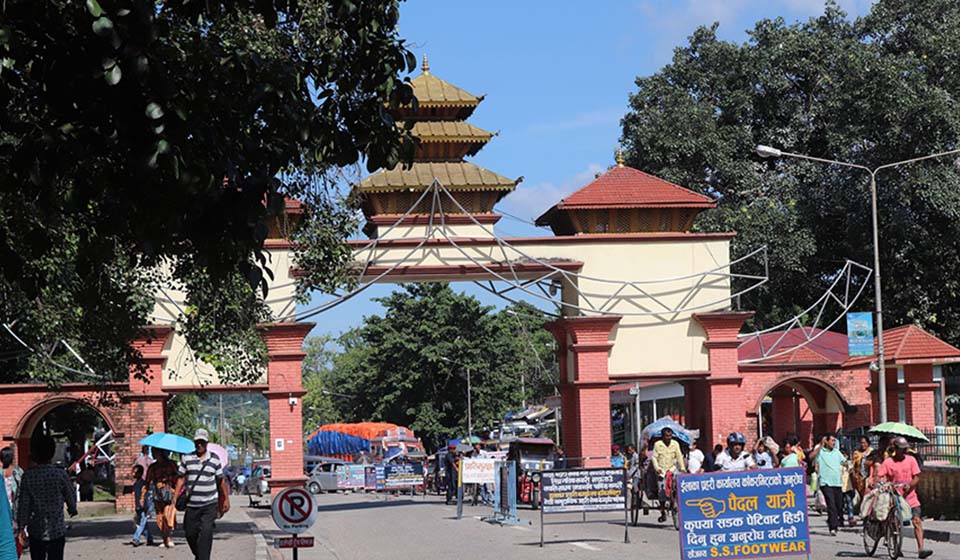
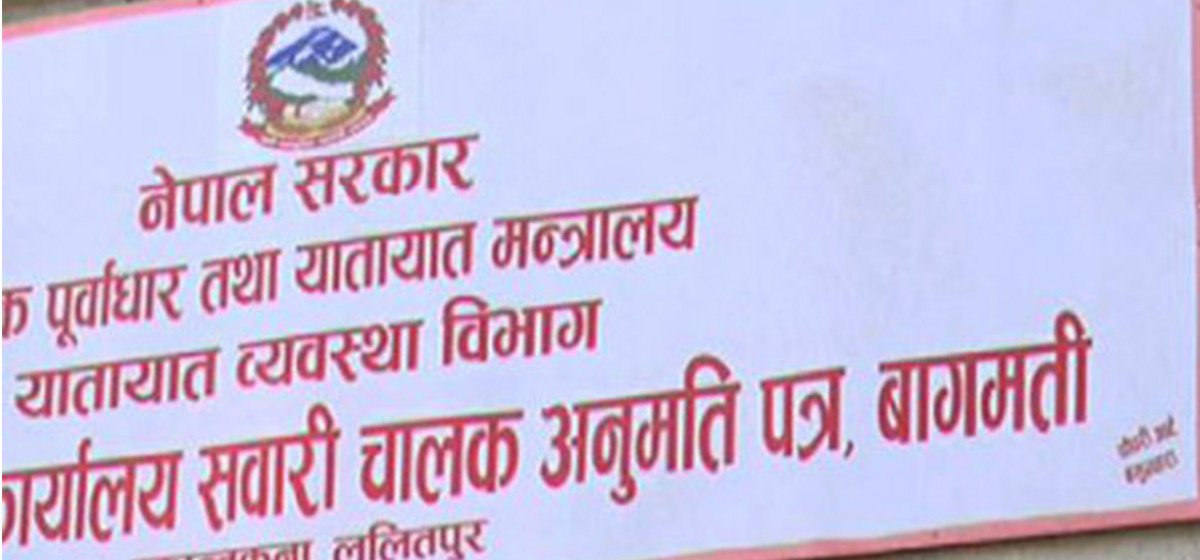

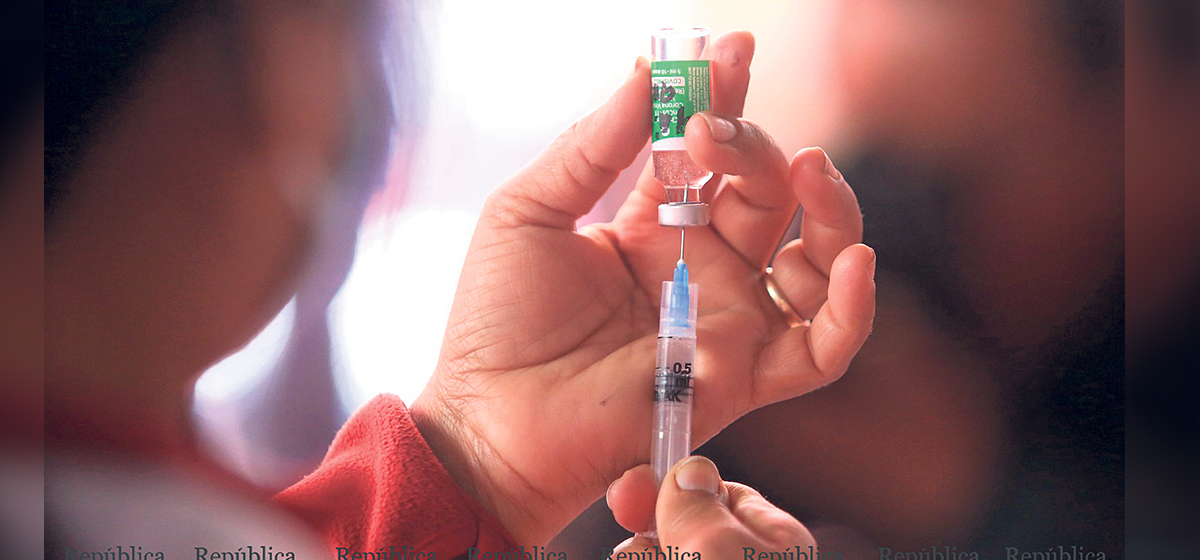
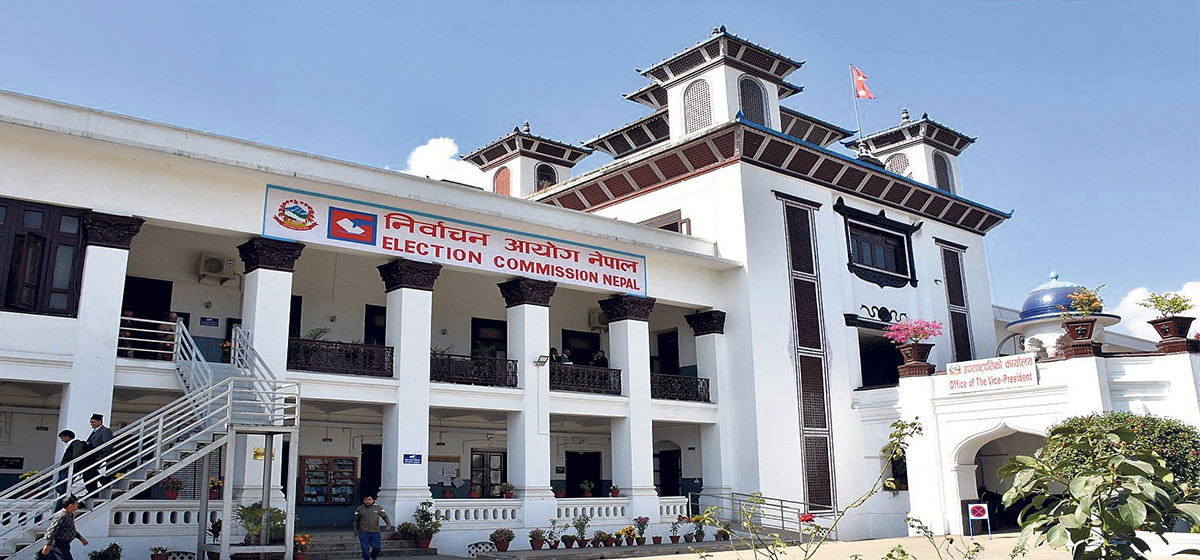
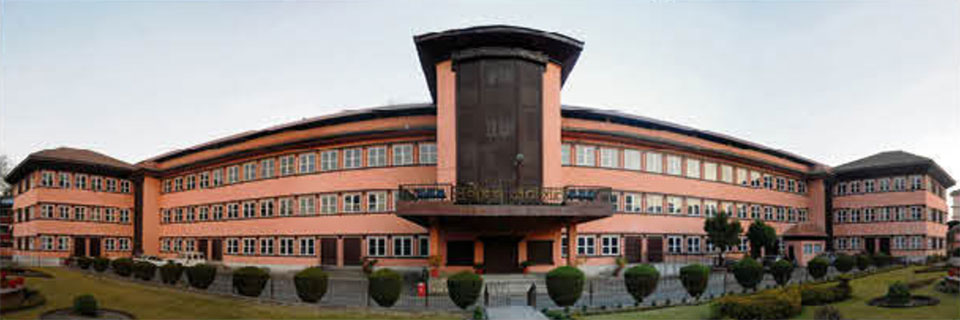
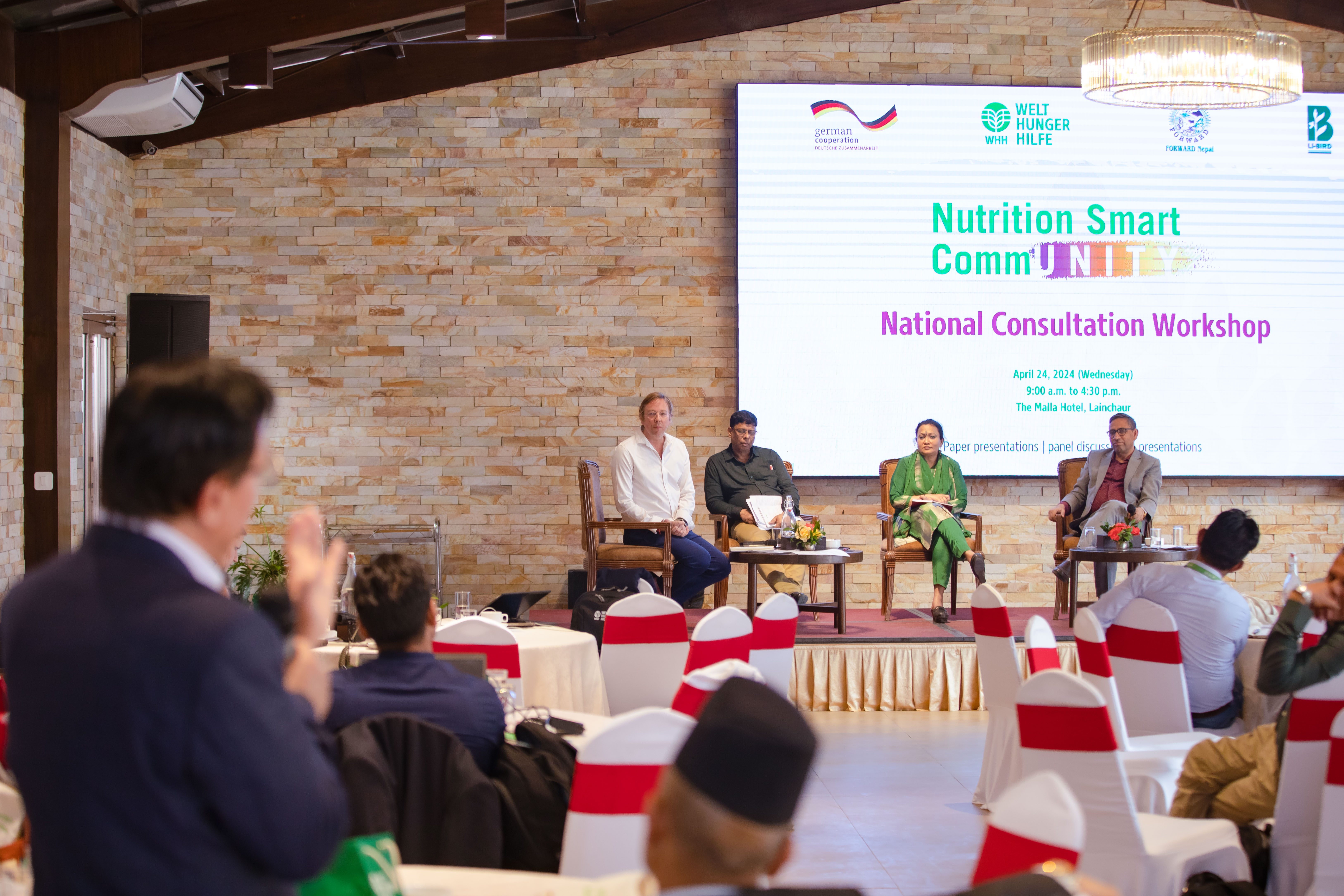
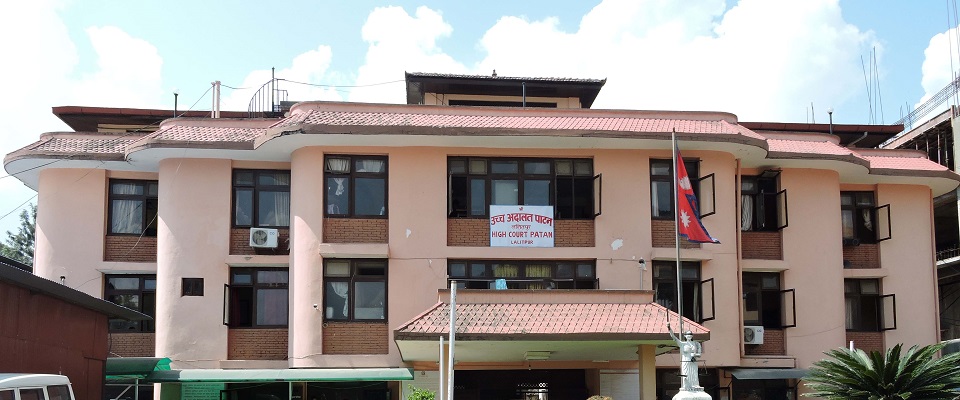
Leave A Comment